 France : Safety by City
France : Safety by City
- Bordeaux
- Le Havre
- Lille
- Lyon
- Marseille
- Martinique
- Montpellier
- Nantes
- Nice
- Nimes
- Paris
- Reims
- Rennes
- Strasbourg
- Toulon
- Toulouse
Martinique is a Caribbean island that is an overseas department of France in the Caribbean Sea.
In the South of the island, there are many beautiful beaches with a lot of tourists.
In the North, the rain forests and the black sand beaches are worth seeing.
Martinique is an overseas department of France and retains both French and Caribbean culture.
The island cuisine is a superb blend of French and Creole cooking that is worth trying.
The north part of Martinique lures hikers who seek to climb the mountains and explore the rain forests while the southern portions offer shopping and beaches for those who chose to just relax.
Warnings & Dangers in Martinique

OVERALL RISK: MEDIUM
Martinique is a popular tourist destination; however, to ensure a safe trip, you will need to take special security measures. Walking late at night should be avoided, especially along the beaches. And always carefully monitor your belongings and values.

TRANSPORT & TAXIS RISK: LOW
Public transportation by bus, van, or licensed taxi is relatively safe. Both urban and inter-city bus transportation is available in Martinique. However, be on the lookout for pickpockets. Taxi is secure if you use a licensed service.

PICKPOCKETS RISK: MEDIUM
Petty theft, such as pickpocketing and purse snatching, and theft from cars occur, mainly in the capital, Fort de France, and its port. Never leave personal belongings, such as money, credit cards, cell phones, and other and electronics, in your rental car or unattended, especially on beaches.

NATURAL DISASTERS RISK: MEDIUM
The hurricane season from June to November and volcanic eruptions can occur in Martinique. Before traveling to Martinique, study the surroundings and weather conditions to avoid this risk while traveling.

MUGGING RISK: MEDIUM
Grave robberies are unfortunately not uncommon. It is better not to walk alone on the island and especially on the beaches. If you were attacked, give everything you require to save a life. Then contact the police.

TERRORISM RISK: LOW
Although Martinique has no recent history of terrorism, the possibility of attacks cannot be ruled out. Explore the political environment before your visit to the island. Mass gatherings and political protests should also be avoided.

SCAMS RISK: LOW
Petty fraud is not so common in Martinique. However, if you are recognized as a tourist, local merchants may inflate the price of their goods, sell you fake products at a high price, or cheat on the price of a taxi ride. Be careful and cautioned.

WOMEN TRAVELERS RISK: MEDIUM
Women are free to walk around Martinique alone. However, one must be prepared for excessive attention from men. Whistles in your direction and obscene sentences may sound. Ignore them, and you will be safe. After sunset, it is not recommended to appear on the beaches and dimly lit areas of the island.
So... How Safe Is Martinique Really?
Despite the attractiveness of the island, Martinique remains unsafe enough for travel.
The crime rate here is very high.
The main problems are related to robberies, car theft and hacking, and attacks.
Also, the whole island has enormous problems with drug trafficking, vandalism, and corruption.
In Martinique, sunscreen, headgear, and plenty of drinking should always be remembered.
Due to the heat and the scorching sun, you need to be careful to avoid dehydration and heatstroke.
Walking in groups and never leaving valuables in your car will save you from problems.
Car thefts, like car theft, are widespread here, so park your car only in secure parking lots and always close the car carefully.
The areas of the island are well lit, and you can safely walk here and at night.
However, safety and caution should always be kept in mind.
Local men show increased attention to female tourists.
Until you pay attention to this, the man will not do anything to you.
Petty theft, such as pickpocketing and purse snatching, and stealing from cars occur, mainly in the capital, Fort de France, and it’s port.
Do not carry large amounts of cash or wear expensive jewelry.
Leave your passport and other travel documents locked in your hotel safe.
Avoid deserted beaches and unpopulated areas after dark.
How Does Martinique Compare?
| City | Safety Index |
|---|---|
| Martinique | 71 |
| Marseille | 59 |
| Lyon | 70 |
| Paris | 68 |
| Nice | 75 |
| Toulouse | 57 |
| Nantes | 56 |
| Buenos Aires (Argentina) | 60 |
| Vancouver (Canada) | 82 |
| Cordoba (Argentina) | 61 |
| Toronto (Canada) | 81 |
| Melbourne (Australia) | 80 |
| Montreal (Canada) | 81 |
Useful Information

Visas
The visa policy of the French Overseas Territories is quite liberal. The citizens of the European Union, together with the nationals of Andorra, Iceland, Liechtenstein, Monaco, Norway, San Marino, and Switzerland, are allowed to travel in all French Overseas Territories and stay indefinitely without a visa. A valid passport is a must.

Currency
The euro (€) is the official currency of the European Union and used by most of its members including France, Spain, Italy, The Netherlands, Germany, and others. France's Caribbean holdings Martinique, have all also adopted the euro as an official currency.

Weather
The best times to visit Martinique for ideal weather are in May. Temperatures stay constant hot throughout the year, but there is a chance of hurricanes in summer and fall.

Airports
Martinique Aimé Césaire International Airport is the international airport of Martinique in the French West Indies. Located in Le Lamentin, a suburb of the capital Fort-de-France, on Martinique. The airport located almost in the middle of Martinique.

Travel Insurance
The travel insurance policy is a must when visiting a foreign country. Make sure you got it before starting your journey, the customs officer may ask for it.
Martinique Weather Averages (Temperatures)
Average High/Low Temperature
| Temperature / Month | Jan | Feb | Mar | Apr | May | Jun | Jul | Aug | Sep | Oct | Nov | Dec |
|---|---|---|---|---|---|---|---|---|---|---|---|---|
| High °C | 29 | 29 | 29 | 30 | 31 | 31 | 31 | 31 | 32 | 31 | 31 | 30 |
| Low °C | 21 | 21 | 21 | 22 | 24 | 24 | 24 | 24 | 23 | 23 | 22 | 22 |
| High °F | 84 | 84 | 84 | 86 | 88 | 88 | 88 | 88 | 90 | 88 | 88 | 86 |
| Low °F | 70 | 70 | 70 | 72 | 75 | 75 | 75 | 75 | 73 | 73 | 72 | 72 |
France - Safety by City
| City | Safety Index |
|---|---|
| Bordeaux | 63 |
| Le Havre | 63 |
| Lille | 56 |
| Lyon | 70 |
| Marseille | 59 |
| Martinique | 71 |
| Montpellier | 48 |
| Nantes | 56 |
| Nice | 75 |
| Nimes | 65 |
| Paris | 68 |
| Reims | 68 |
| Rennes | 65 |
| Strasbourg | 74 |
| Toulon | 64 |
| Toulouse | 57 |
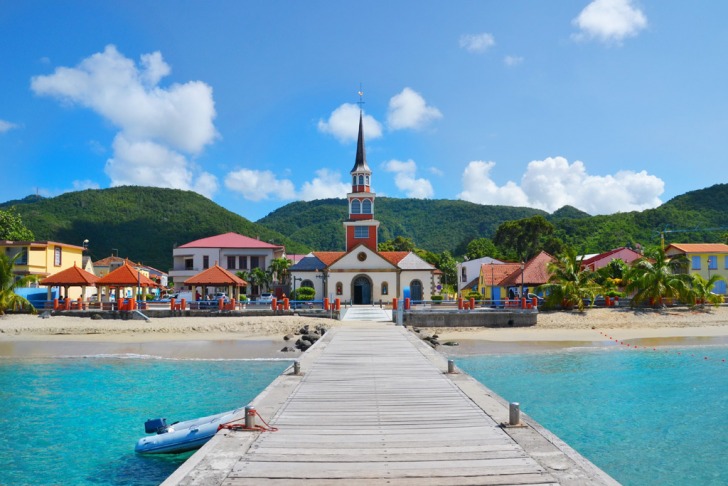
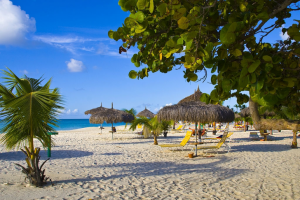
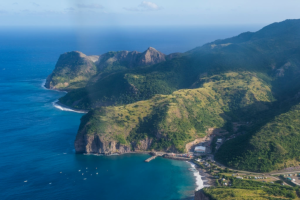

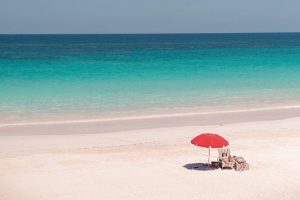
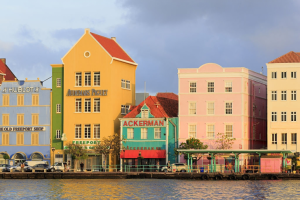
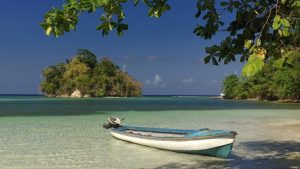





Solo Traveler dos and donts
Martinique has always been a place that have wanted to visit. It is such a beautiful country. This post gave a lot of helpful information in regards to safety, and what I need to know about traveling solo. Thanks for sharing all the great information.
Lovely but expensive
Martinique is a great place with stunning beaches. If you’re there for the beaches just like us, you can take a taxi directly to the island resort areas. However, if you want to go sight seeing it might be better to get a rental car over paying for a taxi. Regardless, Martinique leans on the expensive side so you might need to shell out a bit more for this trip.
GORGEOUS!
How I love this island! For the past five years we’ve spent at least a week in Martinique, it never gets old. Saint-Pierre is a huge attraction for scuba divers and beachgoers alike. We’re not that much into water sports but I for one could easily lay in the sun for hours on end. My advice would be to never let your valuables unattended while you go in the water, you might come back to nothing. With the crime rate being low I feel safe exploring the island.